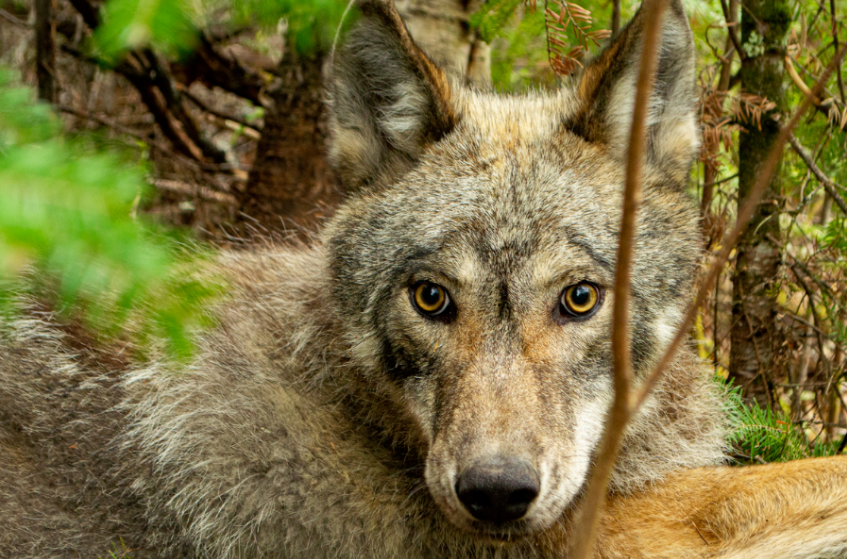VOYAGEURS NATIONAL PARK, Minnesota — Beavers have poor vision but a great sense of smell.
Over eons, their chief natural predator – wolves – have come to understand that, and have adopted appropriate hunting techniques.
In a groundbreaking research project, a team from Minnesota's Voyageurs Wolf Project spent the past five years studying the tactics wolves use to increase their chances of success.
In a new paper just published in the journal Behavioral Ecology, they document how wolves have evolved ambush hunting methods specifically tailored for catching and killing beavers.
The Voyageurs Wolf Project focuses on wolf activity in the Greater Voyageurs ecosystem near the Ontario-Minnesota border.
During this study, the team identified 748 spots where wolves waited in ambush for beavers and made 214 kills.
"Wolves seem to have a good understanding of beavers' sensory abilities, and pick their ambushing spots accordingly," they said.
The predators almost always choose locations downwind of where beavers will be on land, apparently understanding that the rodents have good noses.
"The results are very clear," said Tom Gable, the study's lead author. "Eighty-nine to 94 per cent of the ambushing sites were downwind."
The researchers also found that wolves typically choose spots within three to four metres of where beavers will be on land, because they appear to realize that beavers have such poor sight that they can easily be pounced on as they walk by.
Reaching the water is the only way they can survive an attack.
In an amusing demonstration of wolves' strategy, the study team released a video showing a beaver at work near a life-size wolf cutout.
Another element of wolves' strategy is patience.
"Wolves waited an average of four hours during each stakeout. But they often waited eight to twelve hours or more, and one wolf even waited in ambush for 30 hours," said the study's second author, Austin Homkes.
The team said the research project challenges the classic concept that wolves are not ambush predators, and overturns the common notion that wolves only kill by working in packs and outrunning and outlasting their prey.
"Wolf hunting strategies appear highly flexible, with wolves able to switch between hunting modes depending on the prey they are hunting," Gable said.
He said the new report is important because it is the first systematic analysis of the ambushing behaviour.
The Voyageurs Wolf Project is a collaboration between the University of Minnesota and Voyageurs National Park, with funding assistance from the Minnesota Environment and Natural Resources Trust Fund.
